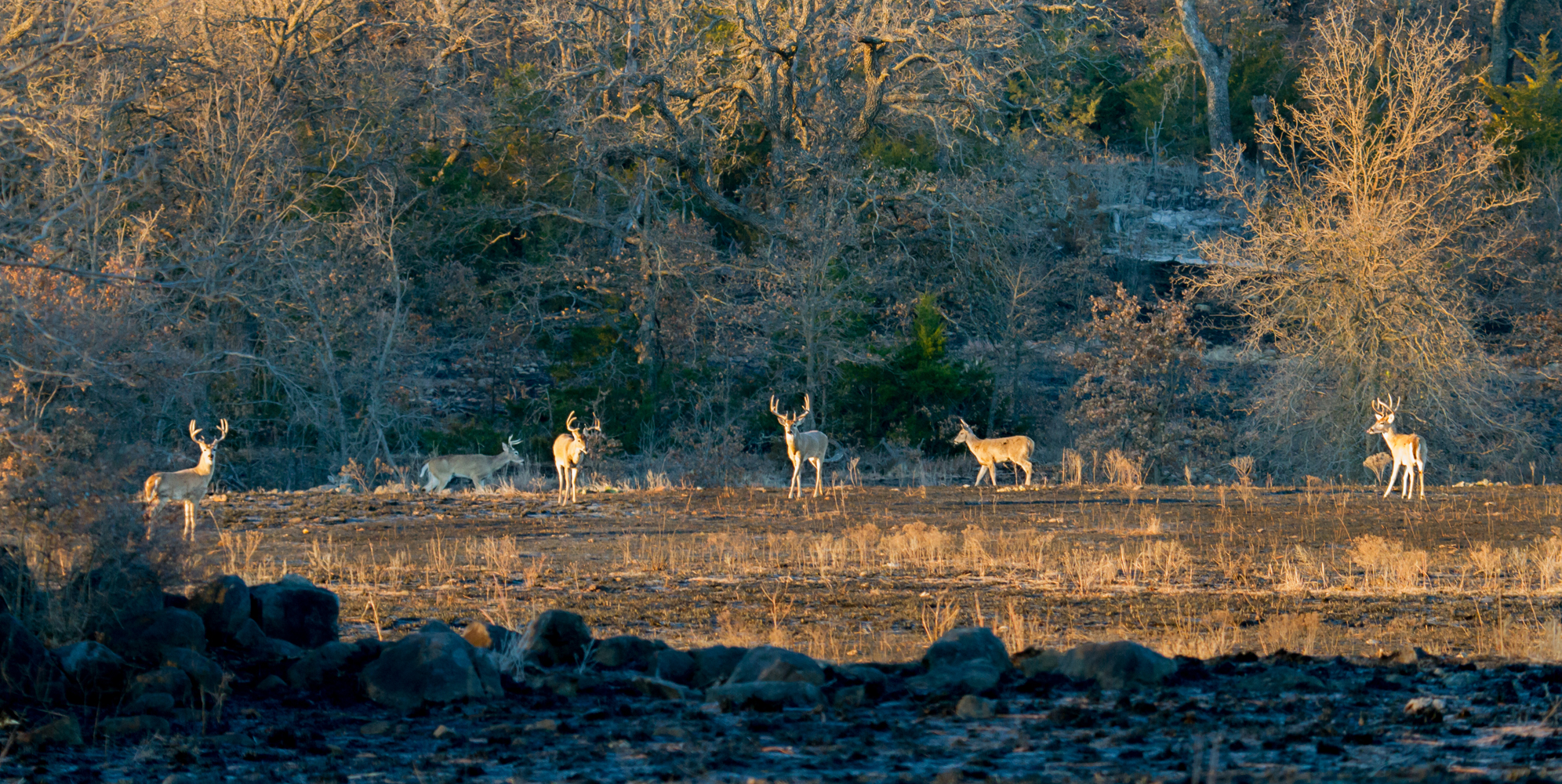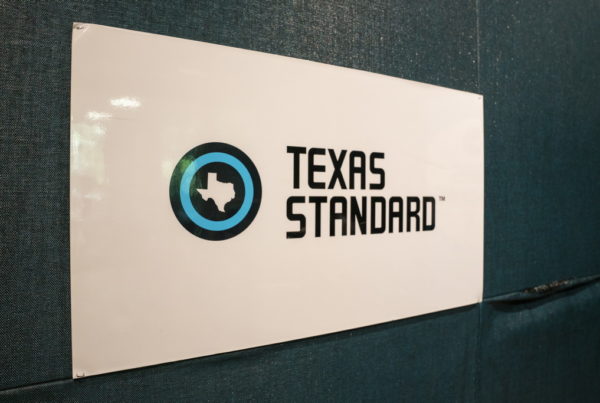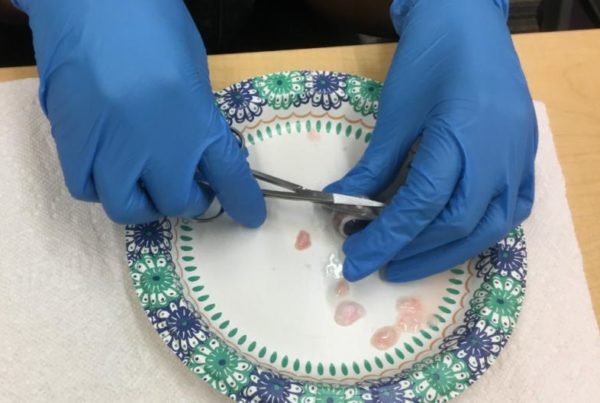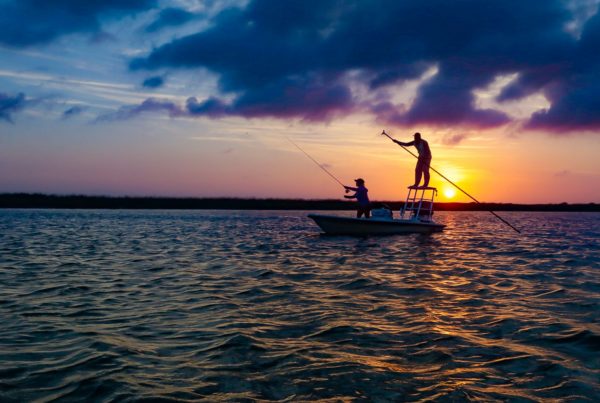Anthrax is rarely found in Texas wildlife and livestock. But a particular corner in Southwest Texas, between Ozona, Uvalde and Eagle Pass, has become known as the “anthrax triangle.” An alarming 14 cases of the disease, caused by a deadly bacterial spore, have been reported to the Texas Animal Health Commission this summer.
Martin Hugh-Jones, professor emeritus and veterinary epidemiologist at Louisiana State University, says a mix of bad ranching practices and a special climate have resulted in the recent anthrax outbreak.
In the mid-20th century, the bones of anthrax-infected animals that had died on the East coast were used to make an organic fertilizer for plants and a nutritional supplement for animals. The bone meal was sold to Texas ranchers, and eventually ended up on salt licks or mineral blocks used for livestock and wildlife nutrition, Hugh-Jones says.
Alkaline soil, also known as “sweet soil” for its high pH and calcium levels, mixed with humus, a component of soil made of decomposed plant life, was a good environment for anthrax spores.
“What you have this year is what we call a Texas paradigm – you have late spring, early summer, heavy rain, and this encourages the hatching of the biting flies,” Hugh-Jones says.
Biting female flies spread the spores as they feed on sick or live animals, Hugh-Jones says.
Livestock are vaccinated for anthrax every spring by ranchers. The vaccine is very effective, and comes at a low cost – about $.40 cents a dose, Hugh-Jones says. However, anthrax can still affect wild animals that are difficult to vaccinate in large numbers, like white-tail deer. He says there aren’t yet methods of immunizing wild animals, by adding vaccines at feeding stations, for example.
“We’ve yet to develop an oral vaccine that you can use on deer,” Hugh-Jones says.
Hugh-Jones says humans are not at high risk for anthrax.
“Humans are hard to infect – easy to kill – but hard to infect, so as long you’re sensible and wash your hands after handling anything,” Hugh-Jones says.
Written by Geronimo Perez.
















